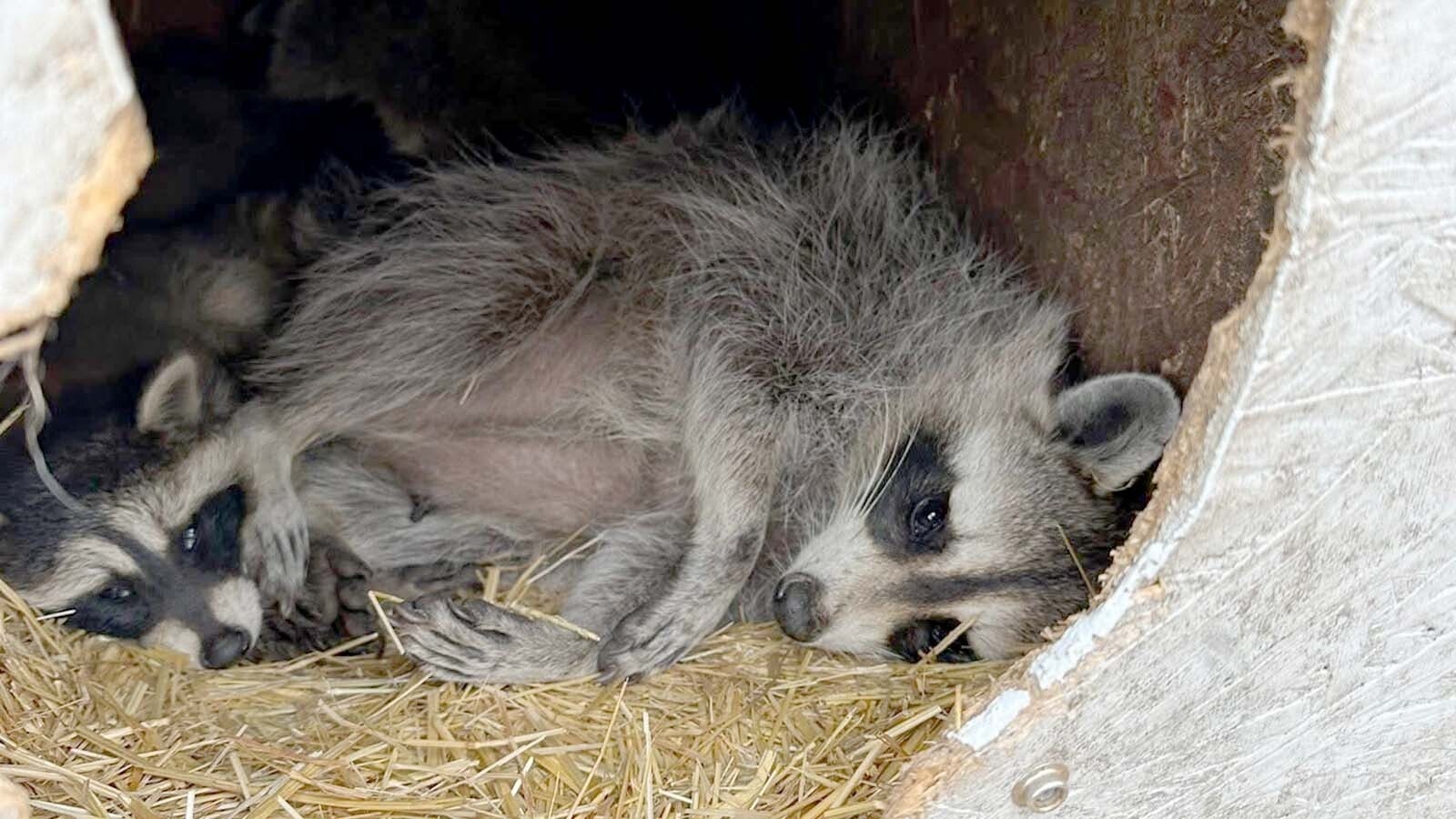Wyoming’s much-beloved Grizzly 399 has been described as the “Queen of the Tetons.”
Hoback, a huge and popular bull moose, could likewise be described as the “King of the Tetons.”
Since going through a “huge growth spurt” a few years ago, Hoback is widely regarded as the biggest moose in Grand Teton National Park, wildlife photographer Savannah Rose Burgess of Jackson told Cowboy State Daily.
Like 399, Hoback has gained a loyal legion of fans who eagerly await images taken by Burgess and other professional photographers, as well as capturing photos and videos of their own.
And one of his biggest fans is Cindy Shaffer of West Yellowstone, Montana.
Every year for the past six years, Shaffer has used some of her vacation time from work to travel to Grand Teton in hopes of catching sight of Hoback shedding the velvet from his antlers, but her timing was never right.
Antler “velvet” on moose, elk and deer is a fuzzy protective layer that forms in the spring, then dries out and sluffs off, usually about this time of year.
Shaffer’s lucky moment finally came early last Saturday morning. She noticed a crowd watching some moose and went to joint them.
There was Hoback, shedding his velvet. Shaffer took several photos and some video, fulfilling her yearslong quest.
“I was only there for about 40 minutes, but it was the most amazing experience I have ever had in the Tetons,” she told Cowboy State Daily.
“That (velvet shedding) happens only once a year,” Shaffer added. “To catch any of the bulls doing that was extremely lucky — much less the one bull that I really wanted to see.”
What The Heck Is Velvet Anyway?
Velvet is a protective layer, or membrane, that forms over animals’ antlers when they first appear in the spring. It’s so named because of its velvety texture and appearance.
Velvet is full of small blood vessels that carry nutrients to the antlers as they grow, Burgess said.
“That’s why you see the red when it starts to peel off,” she said.
Once it’s served its purpose, the velvet dries out and either falls off on its own, or the animals rub it of against tree branches, brush or whatever else is available.
Burgess said she hasn’t heard of people wanting shed antler velvet for anything. Although in some parts of Asia, dried antler velvet is said to have medical uses.
Telltale Drop Tine
Hoback appears to be in fantastic health, but he’s likely getting on in moose years, veteran Wyoming wildlife photographer Jorn Vangoidtsenhoven told Cowboy State Daily.
One of Hoback’s telltale features are “drop tines,” or points on his antlers that grow downward.
“As bull moose get older, like other deer, they sometimes develop irregular antlers,” Vangoidtsenhoven said. “In moose, it typically happens over the age of 10, so my guess is that Hoback is getting up there in moose years, probably approaching 15, which is old for a moose in the wild.
“A few years ago, Hoback had one brow tine that pointed downward, then a year with no drop tine, then last year he had two, one on each side, and this year he has one.”
Once Known As ‘Bannock’
Hoback only recently took the throne as king of the Tetons, Burgess said.
A bull called Shoshone used to claim that title, until he died sometime in late 2021 or early 2022.
“Hoback used to hang out with Shoshone,” she said. “At the end of 2021, I noticed that Shoshone was in very bad shape, and he didn’t show up in 2022.”
There was also a young bull moose called Bannock. Some say Bannock and Hoback are, or were, different moose.
But Burgess, who has followed the Grand Teton moose for years, is convinced they are one in the same.
The young bull went through a growth spurt in 2019-2020, and that’s when people started calling him Hoback, she said.
Mr. Popularity
In addition to his remarkable size and striking appearance, Hoback has gained many fans because he’s highly visible, Burgess said.
He’s part of a group of bulls that hang out close to the roadsides, where park visitors get plenty of opportunities to admire them.
“He’s probably the biggest moose in all of Teton park, and he’s certainly the biggest of the roadside bulls,” Burgess said.
Shaffer said that she, too, remembers when Shoshone was the biggest bull of them all, but Hoback has always been her favorite.
“I have always had an admiration for Hoback,” she said. “He’s huge, and he has those drop tines.”
She can’t wait to see Hoback again.
“I think next year, I might try to take a couple of additional days off and try to catch him shedding his velvet again,” she said.
Contact Mark Heinz at mark@cowboystatedaily.com
Mark Heinz can be reached at mark@cowboystatedaily.com.









